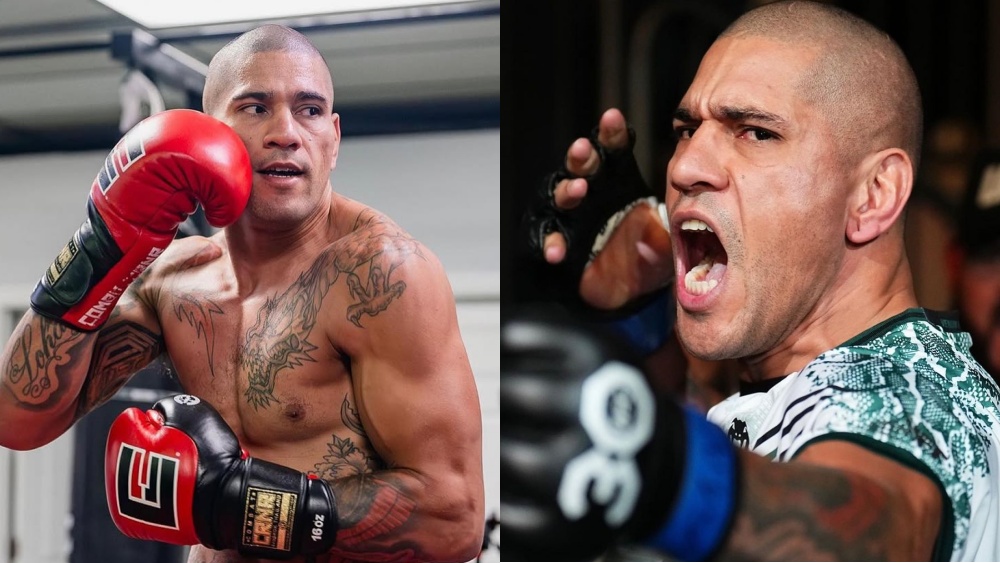An increasing number of young athletes are choosing to make mixed martial arts their primary sport as it continues to gain global mainstream recognition. Being an MMA fighter is a lot cooler, safer, and appealing these days compared to the early era of the sport where fighters barely made enough to cover their training expenses.
While MMA fighters today enjoy considerably better incentives than their predecessors, competing at the highest level is harder than it has ever been as the sport evolves rapidly. You’ll need a mixture of various martial arts such as Brazilian Jiu-Jitsu & Muay Thai to dominate in any major MMA promotion like ONE Championship today; the days of one-dimensional fighters like Royce Gracie dominating the sport are long gone. You’ll need to be a true mixed martial artist to stand a chance at the highest levels.
Making Your Mixed Martial Arts Dreams Come True
Ready to chase your dreams of competing in a major MMA promotion someday? Here’s what it takes to be successful:
1) Full-Time Training Schedule
Many mixed martial artists have multiple training sessions per day to hone their skills and improve their strength and conditioning. Some fighters prefer to get their strength and conditioning out of the way first thing in the morning while others save it for the end of the training day after they’re done with their skill training.
Some of the activities that should be part of your regular training routine include weight lifting, cardio training, plyometrics, and skills sessions that include training martial arts like Muay Thai, Brazilian Jiu-Jitsu, Wrestling, Judo, and Boxing.
2) Mastering A Base Style
While mixed martial arts requires you to be a well-rounded fighter who is equally comfortable fighting standing up or on the ground, the most successful MMA fighters typically have a base style that they are exceptionally good at.
For example, ONE Championship Women’s Atomweight MMA World Champion Stamp Fairtex has pretty impressive takedown defense and get-ups, but her Muay Thai skills are her greatest assets inside the cage.
Figure out which martial art comes most naturally to you and dedicate lots of time to mastering it. Having a strong base gives you a safe position inside the cage where you’re almost guaranteed to dominate most opponents.
3) Maintaining A Full-Time Job
Here’s one of the hardest things for aspiring MMA fighters to understand. It’s virtually guaranteed that you won’t make enough to cover your living expenses during the early stages of your MMA career, and you still have training and travel expenses to worry about.
This means you’ll probably need to have a job or side hustle to keep a roof over your head before you get your big break.
Ideally, you want to work in an industry that’s somewhat related to your lifestyle as a mixed martial artist. Try getting a job as a martial arts instructor if you can or something along those lines. You ideally want to work in a field where you get to improve your skills as a fighter even while working.
That’s one of the reasons why so many MMA fighters have worked as instructors at some point. Teaching others martial arts techniques helps to improve your understanding of them, and it probably won’t feel as tiring as a regular job would.
Social media can also help to make ends meet while you chase your MMA dreams. With the right personality and marketing skills, you could end up making way more on social media than any job would pay.
4) Finding The Right Manager/Team
Mixed martial arts is as much a business as it’s a sport. Having the right fight management team helping to guide your career goes a long way. Top managers in the sport typically have connections with major promotions and media personalities, which can help to get your name out there.
Your management team also helps to ensure you are adequately compensated for all your hard work when you fight.
5) Being Disciplined With Your Diet
MMA fighters must be disciplined with their diets to make weights for their fights. Athletic commissions worldwide require fighters to be separated by weight categories so you want to fight at your optimal weight. Carrying excess fat on you only means you’ll end up going against fighters who are much bigger and stronger than you are.
Fighters often start cutting down for their weight classes as early as eight weeks before their scheduled event. Gradually losing excess weight is typically the best approach since it minimizes muscle loss, allowing you to perform optimally.
6) Compete Often
Sign up for local tournaments as your skills as a martial artist improve. It doesn’t matter if it’s a local BJJ tournament or an amateur MMA event against another gym. Putting yourself in competitive settings allows you to experience many of the emotions and sensations you will have to deal with when you step inside a cage.
You learn how to compete with many eyes watching you, how to manage your emotions, and how to keep yourself relaxed during your matches. You also learn all the little things that can give you an edge inside the cage like getting enough sleep the night before your fights. You don’t want to be dealing with emotions like pre-fight jitters for the first time when you make your MMA debut.
7) Stay Ready
Here’s one of the little things that can decide if you ever get to compete in various top MMA promotions. MMA is a dynamic sport and promoters often find themselves looking for last-minute replacements weeks or days before an event.
These situations create opportunities for up-and-coming fighters to get one foot in the door of major promotions. Keep this mindset even after you sign up for a major promotion since it might pave the way for big opportunities like title bouts.
You may also like:
MMA And Social Media: The Power Of Fighters In The Digital Age

















